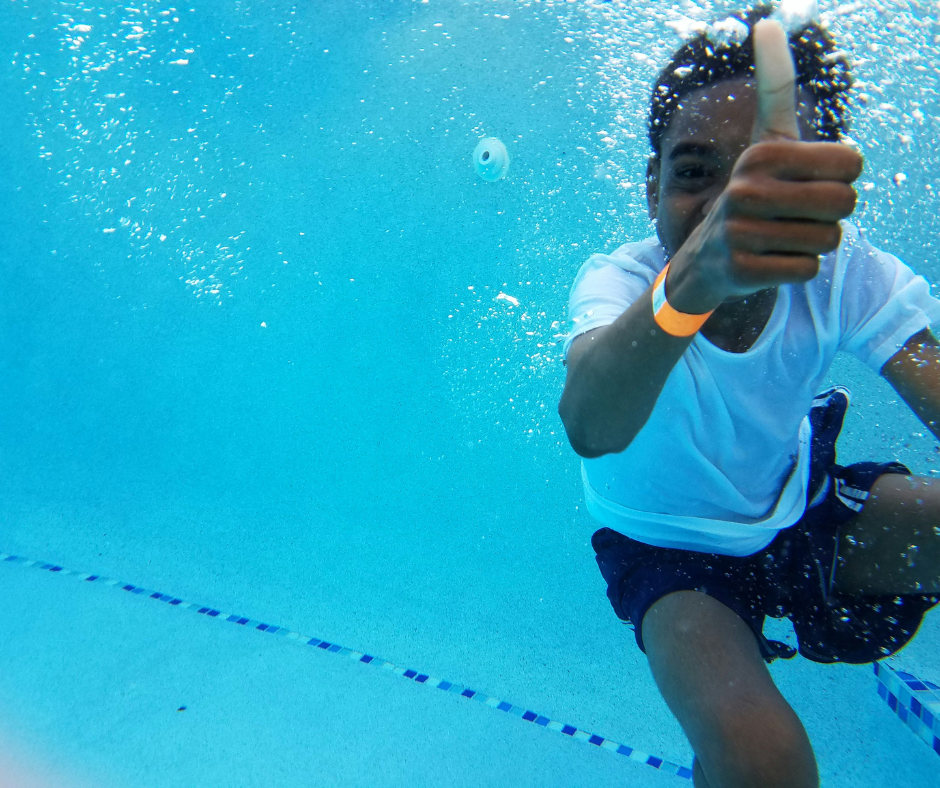Ten Summer Activities To Beat Burnout and Overuse Injuries.
Ten Summer Activities To Beat Burnout and Overuse Injuries. Make this the summer of balance. Help your athlete keep their fitness up while having fun and moving their bodies in different directions—the perfect antidote to burnout and overuse injuries.
1. Go on a Hike
Hiking helps strengthen muscles, improving overall fitness and endurance. Unlike running or high-impact activities, hiking is relatively low-impact, reducing the stress on joints and minimizing the risk of injury. Hiking can elevate your heart rate, improve cardiovascular fitness, and challenge your body to move differently on uneven surfaces. Plus, spending time in nature can reduce stress and improve mood!
Also, check out 43 Reasons Hiking Is Amazing For Kids.
2. Swim
Swimming is an excellent full-body workout that’s easy on the joints. It is a low-impact activity, making it an ideal choice for athletes with joint problems or those recovering from injuries. Swimming can improve heart health, lung capacity, and overall endurance. It tone and strengthen muscles, particularly in the upper body, core, and legs. The nature of swimming can increase relaxation and reduce stress levels. Plus, it’s a great way to beat the summer heat. Just visit your local pool, lake, or ocean.
3. Play Games
Organize games like tag, capture the flag, or hide and seek. Laughter and play help reduce stress levels, improve mood, and promote overall well-being. Games that involve strategy, problem-solving, or cognitive challenges help keep the mind sharp and improve mental agility. Many games involve a lot of running and moving your body in different ways, which is good for fitness and combatting overuse injuries. These games are not only fun but also promote cardiovascular health and encourage laughter, which is great for overall well-being. If they can’t find a friend, jumping rope is one of the best exercises for overall fitness.
4. Play Your Sport on a Different Surface
Changing the surface challenges your muscles to adapt to different movements and forces, promoting overall strength and flexibility. Varying the surface can help prevent overuse injuries that may occur. Different surfaces can improve your agility, balance, and overall coordination, enhancing your overall athletic performance. Try sand soccer, grass volleyball, sand football, or street hockey.
5. Try a New Sport
Engaging in a new sport challenges different muscle groups and requires developing new skills, which can improve coordination, agility, and overall athletic ability. It’s an excellent way to find a new passion and move your body in different ways. Many clubs and organizations offer free trials or introduction sessions, allowing you to explore new sports like water polo, rugby, flag football, water polo, rugby, beach volleyball, flag football or even pickleball. It’s an excellent way to find a new passion and move your body in different ways!
6. Organize a Weekly Pickup Game
Pickup games at your local park or court can foster a sense of community, and playing games with friends, family, or neighbors can provide a fun and relaxing outlet for stress relief. Create a regular schedule and location to help establish a routine and promote consistency. Consider organizing pickup games for sports like basketball, kickball, or softball. Bring snacks, pump up the tunes, and have a great day!
7. Go on a Bike Ride
Bike riding is an effective cardiovascular exercise that can improve heart health, lung capacity, overall endurance, and leg strength. It’s a low-impact activity, making it an ideal choice for improving joint health or recovering from injury. Consider renting bikes or exploring your neighborhood or local trails for a fun and scenic ride.
8. Volunteer to ‘train’ a Neighbor Kid
Earn volunteer hours and just feel good by teaching a younger neighbor your favorite sport. Coaching involves leading and motivating others, which can help develop valuable leadership and communication skills. Volunteering as a coach allows you to give back to your community and positively impact others. Consider volunteering to coach or teach your favorite sport to a neighbor’s child or a local youth organization. You’ll also get in reps and break a sweat!
9. Create a Challenge
Establishing specific challenges can provide direction and motivation for your young athlete’s goals. Involving others in the challenge creates a sense of accountability and support. Challenges can foster friendly competition, which can push individuals to work harder. Consider setting challenges like completing a certain number of sit-ups, push-ups, or miles per day and involving family members, friends, or teammates to keep each other accountable and motivated.
10. Go for Long Walks
Take long walks with parents, grandparents, friends, or alone. Use this time to slow down, observe nature, ask questions, and practice mindfulness. Walking is a low-impact activity that is gentle on the joints, making it suitable for individuals of all fitness levels. Long walks provide an opportunity to slow down, be present in the moment, and appreciate your surroundings.
Conclusion
Taking the summer off from youth sports doesn’t mean your athlete has to lose fitness or be on electronics all summer. By getting creative, you will not only be helping their bodies and minds, but you may also be helping them develop a new passion!
